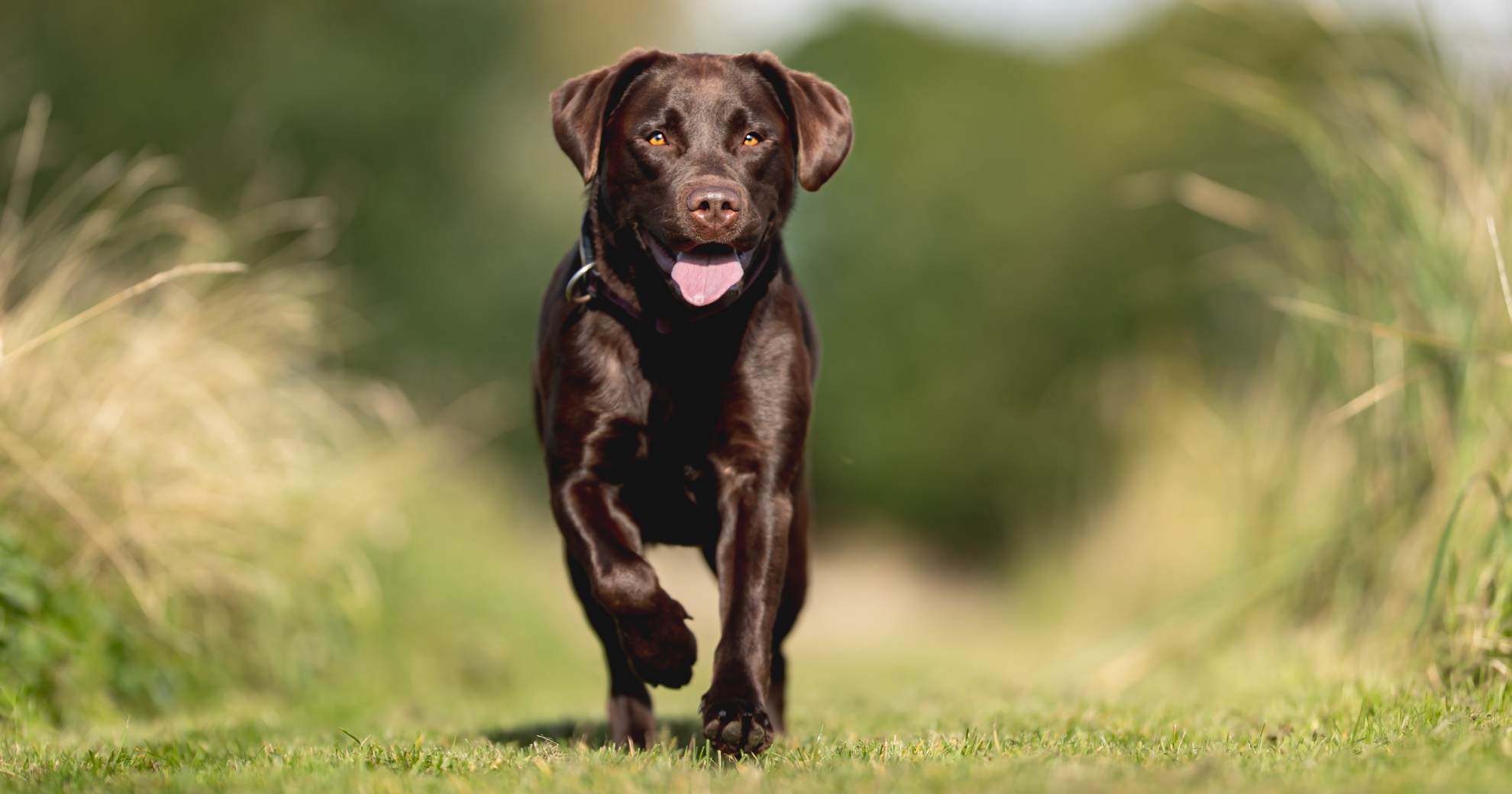HEALTH & WELLNESS

VOTING BOOTH

TRENDING

LIONS FOUNDATION OF CANADA DOG GUIDES
Lions Foundation of Canada Dog Guides and its founding program, Canine Vision Canada, was established in 1983. It’s the largest school of its kind in Canada with its training school in Oakville and breeding facility in Breslau.
OSTEOARTHRITIS AND THE BENEFITS OF EXERCISE

Osteoarthritis (OA) is a degenerative disease of joint cartilage and adjacent subchondral bone.
It occurs when the cartilage of the joint becomes damaged and loses its cushioning effect between bones. This will result in friction between bones causing pain, decreased mobility and possibly muscle atrophy (degeneration) of the limb due to lack of use. In addition to a frictional effect between bones, a thickening of the joint capsule as well as the formation of bony tissue around the joint (osteophytosis) frequently develop and contribute markedly to the pain associated with OA.
Causes are numerous, but osteoarthritis is most commonly the consequence of an abnormality in the development of joints such as cranial cruciate ligament disease, hip dysplasia, elbow dysplasia, patella (knee cap) dislocation and osteochondritis dissecans (OCD). Age, obesity and trauma also contribute to osteoarthritis.
Unfortunately, osteoarthritis can significantly affect your pet’s quality of life due to induced pain and decreased mobility.
There is no cure for osteoarthritis, however adequate comfort can be achieved using a multimodal (multiple treatment) approach. This optimal OA treatment approach includes:
- Surgical correction (if a severe case and is recommended by your veterinarian);
- Pain & Inflammation control (Nonsteroidal anti-inflammatory drugs, and other “add-on” pain medications);
- “Joint-healthy” diets with the addition of omega-3-fatty acids to help joint “health” and reduce inflammation;
- Exercise (see below);
- Weight control. Obesity puts excessive pressure on already weakened and painful joints, and fat acts as a mediator of inflammation thus contributing to joint inflammation itself;
- Complementary therapies- rehabilitation (physiotherapy and other muscular therapies, osteopathy, acupuncture, LASER therapy, massages etc.);
- Disease modulating agents (injections within the joint);
- “Joint health” supplements, may alleviate pain but, the exact mechanism is not well understood, and pet owners should select a product recommended by their veterinarian.
Exercise plays a key role in the management of osteoarthritis. It contributes to:
- Increased muscle mass which helps stabilize joints;
- Maintaining optimal weight;
- Development and maintenance of flexibility;
- Increased range of motion;
- Increased blood circulation and production of synovial fluid (articular fluid) which improves joint lubrification;
- Increased muscle, bone and cardiovascular endurance.
Once pain and inflammation are controlled in animals with OA or, at least improved, a low-impact exercise program is recommended. Walking, swimming, using a treadmill (regular or underwater) are the preferred exercise routes to take.
High-impact exercises (running, jumping, jogging, fetching games) are generally not recommended as they can worsen OA damage already present.
Regular exercise, on a daily basis, is ideal. A 15-20-minute exercise session, two to three times a day, is generally better tolerated than fewer, long sessions. Avoid being a weekend “over-exerciser” with long intensive sessions followed by rest days, as it promotes injury and can lead to increased pain.
Controlled leash walks at an even pace with frequent stops for resting are easy to integrate into everyday life. Choose soft surfaces such as grass if possible.
To prepare your animal for exercise, a brief warm up (massage of the limb muscles with mild flexion and extension of joints) is recommended. Post-exercise massages can also be beneficial in helping your pet’s muscle relaxation, circulation and comfort. Massages are also very positive for the human-animal bond.
DO NOT FORGET TO RESPECT YOUR DOG’S ABILITY.
If your dog is suffering from osteoarthrosis, exercise should be included in its daily routine. Your veterinary team will be able to establish an optimal multimodal treatment plan that includes specific exercises depending on the condition of your beloved companion and most likely an appropriate product to treat pain and inflammation. A follow-up will also be critical to assess the benefits of exercise and adjust the treatment plan as needed. Contact your veterinary clinic to learn more or to book an appointment if you suspect your pet may suffer from OA or is showing signs of pain.
Related Articles









